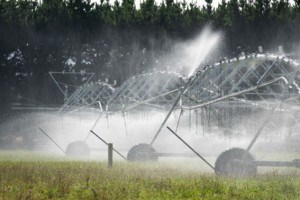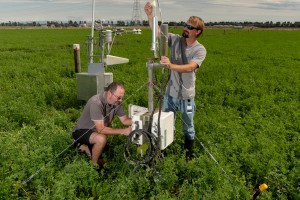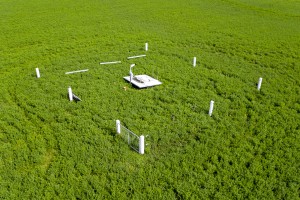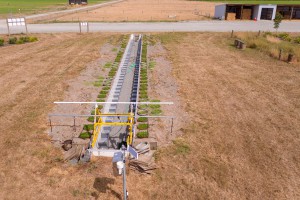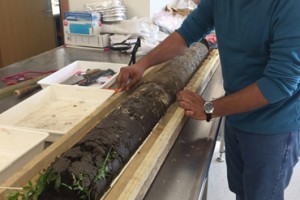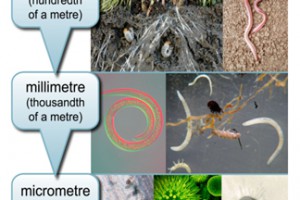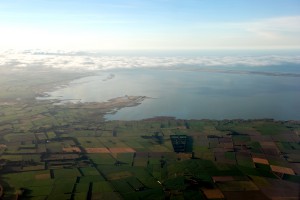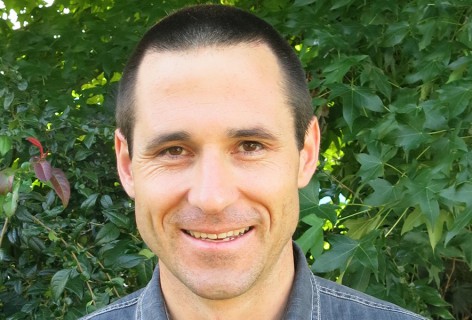Reducing nitrogen losses from farms
In this section
-
Land resources and climate change
- Erosion & sediment
- Land & soil resources
- Modelling and greenhouse gas mitigation
-
Reducing nitrogen losses from farms
- Measuring and modelling paddock water inputs and losses on stony soils
- Annual net inputs and losses of carbon and nitrogen for irrigated and non-irrigated lucerne
- Carbon inputs to reduce nitrogen losses
- Sward species and cattle diet effects on nitrogen losses
- Contrasting microbial activities in topsoil and subsoil
- Identifying soils with low nitrogen losses
- Mauriora Systems Framework: A guide and process for decision-making
- Recommendations for farmers
- Soil & ecosystem health
- Trees in landscapes | Te Kapunipunitanga a Tāne Mahuta
- Climate-smart landscapes
- Integrated management of carbon, nutrients and water
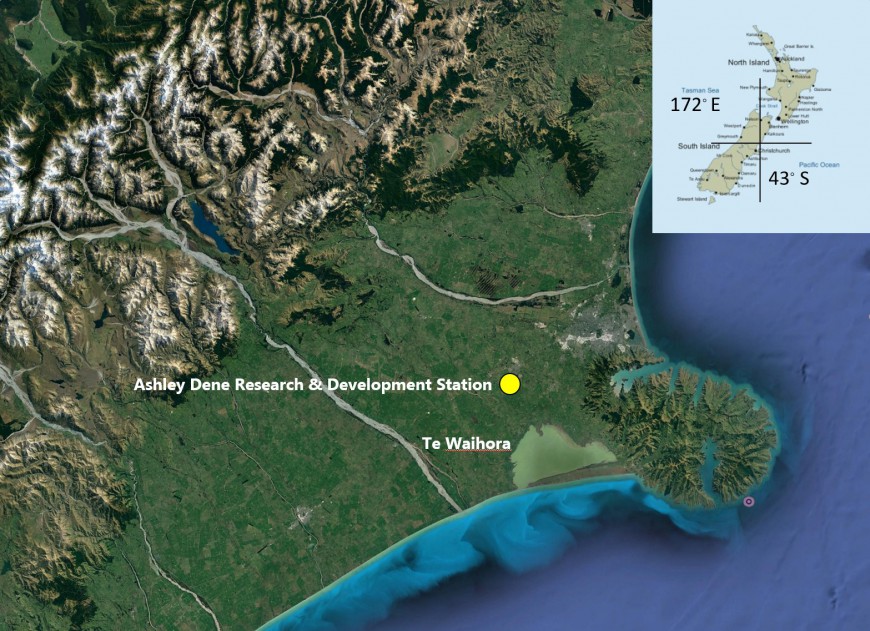
Satellite image of the South Island of New Zealand showing the location of the research site. The image highlights the extensive conversion of dryland farming to intensive irrigated dairy farming on the Canterbury Plains east of the Southern Alps. This illustrates the concept of Ki Uta Ki Tai, (from the mountains to the sea) and the potential flow-on effects of our farming decisions on the consequences of water quality for Te Waihora. (Google Earth)
In the last 20 years, there has been major conversion of dryland farming to irrigated dairy farming with the increase in irrigation. This has occurred especially in eastern areas of the South Island where soils are shallow and stony. This has increased national greenhouse gas emissions and has also contributed to concerns of increased nitrate leaching on freely-draining soils. Soil carbon can also be lost through reduced inputs from plants and decomposition of soil organic matter. Removal of plant biomass by cutting and grazing and returns of carbon from dung deposition are important components of the carbon cycle. Increasing soil carbon stocks and more efficient use of nitrogen can mitigate climate change, improve water quality and lead to systems that are more resilient.
Goals
This MBIE-funded research programme seeks to investigate and recommend practical changes to farm management practices to reduce soil carbon and nitrogen losses from dairy farms on stony soils. The Programme is a collaboration between Manaaki Whenua – Landcare Research, Lincoln University, Plant and Food Research, Scion, University of Canterbury and the New Zealand Agricultural Greenhouse Gas Research Centre. Using Lincoln University’s Ashley Dene Research & Development Station to conduct experiments and make field measurements, we are investigating linkages between the plant and soil processes that regulate carbon and nitrogen cycling. Our aim is to provide management options to manipulate carbon inputs using different grassland and fodder species and irrigation to reduce carbon and nitrogen losses.
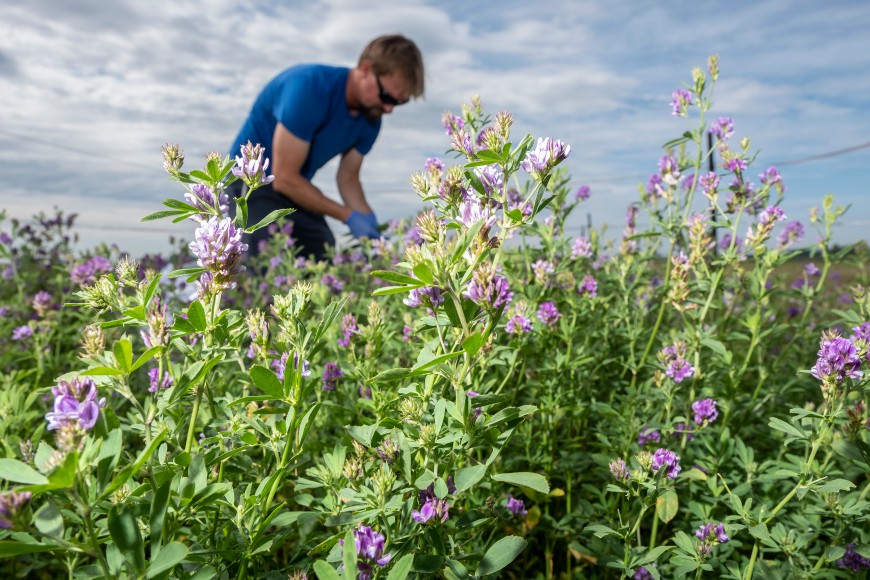
Collecting samples of lucerne foliage to measure biomass and for chemical analysis (Bradley White)
Our direct measurements and scenario testing using models will enable us to provide evidence-based recommendations to rural professionals and farmers to reduce nitrogen losses from farms. This five-year programme will end in September 2021.
Workshop presentations
- Using a culturally-based framework to assess the impact of farm production on the broader eco system Link
- Carbon and nitrogen losses under lucerne Link
- Phosphorus transport in subsurface flow from a stony soil under irrigated and non-irrigated lucerne Link
- Modelling lucerene management effects on carbon and nitrogen trade-offs Link
- Plant species effects on carbon rhizodeposition Link
- Microbial regulation of carbon and nitrogen cycling Link
- Atmospheric measurements and modelling to support climate mitigation: An Aotearoa/NZ case study Link
- N2O and carbon exchange of mixed-species pasture: win-win or trade-off? Link
- Forage crops and mixed swards to reduce nitrogen losses Link
- Reducing nitrogen losses from farms - project overview and wrap up Link
Programme leader
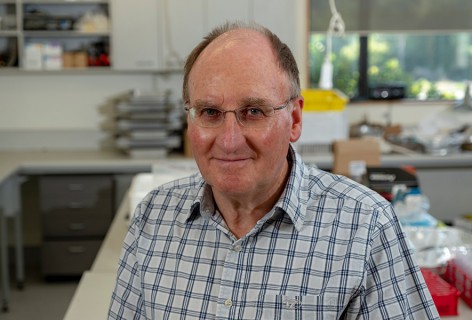
David Whitehead
Key researchers

Scott Graham

Johannes Laubach
Key research partners


